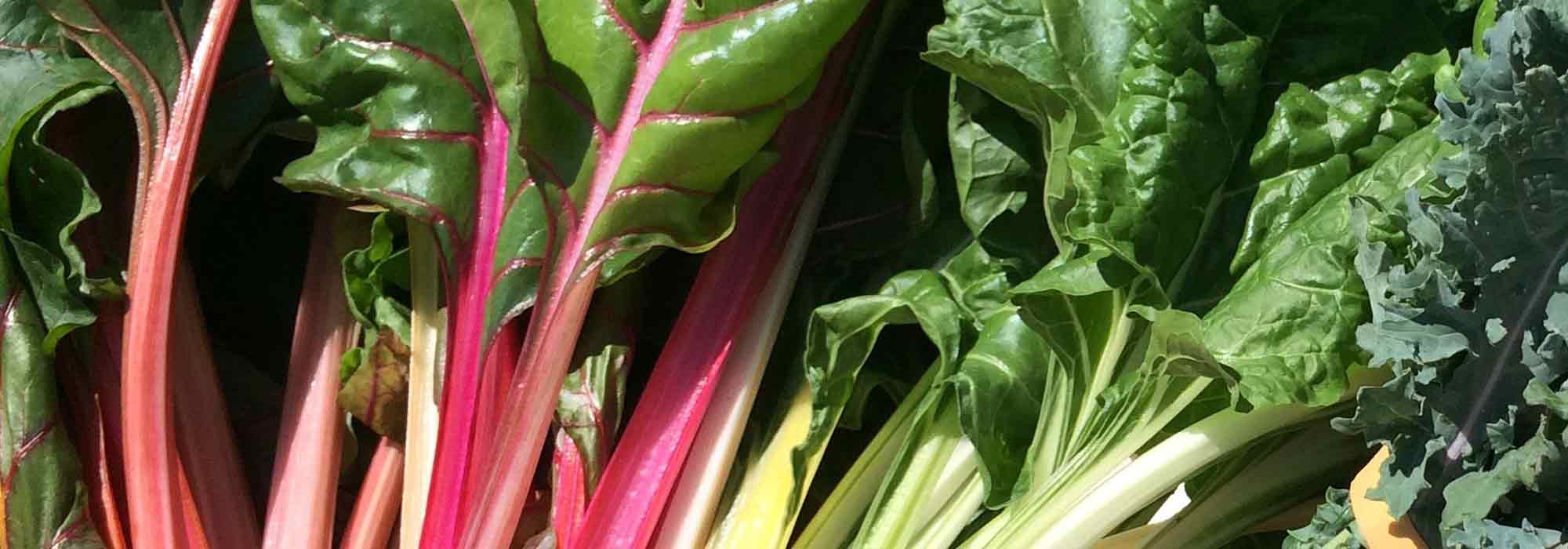
Chard: 6 over-ripe varieties to discover
A selection of varieties of chard that you must absolutely discover
Contents
The chard, also known as Swiss chard, chard with midribs, or simply chard, belongs to the family of Chenopodiaceae, just like the beetroot. This vegetable is grown for its leaves and midribs, which can display various colours depending on the variety.
Chards are easy to grow plants, typically consumed cooked, in recipes often very similar to those of spinach. Gratin, pies, and tarts… Chards lend themselves to numerous preparations and are also said to be rich in fibre and minerals. However, caution is advised not to overindulge, especially for those suffering from arthritis and rheumatism, due to the oxalates they may contain in significant amounts.
Discover our selection of 6 chards to explore and grow absolutely in your summer vegetable garden.
The white-stemmed green chard, a classic over-ripe, whose midribs and leaves are consumed.
The white-stemmed Swiss chard is a classic and productive variety. It produces white stems, particularly fleshy and topped with dark green, intense leaves. The stems of this chard are especially delicious when cooked in butter, enhanced with cream, prepared with meat juices, or even baked in a gratin. The leaves are used in soups or just like spinach.
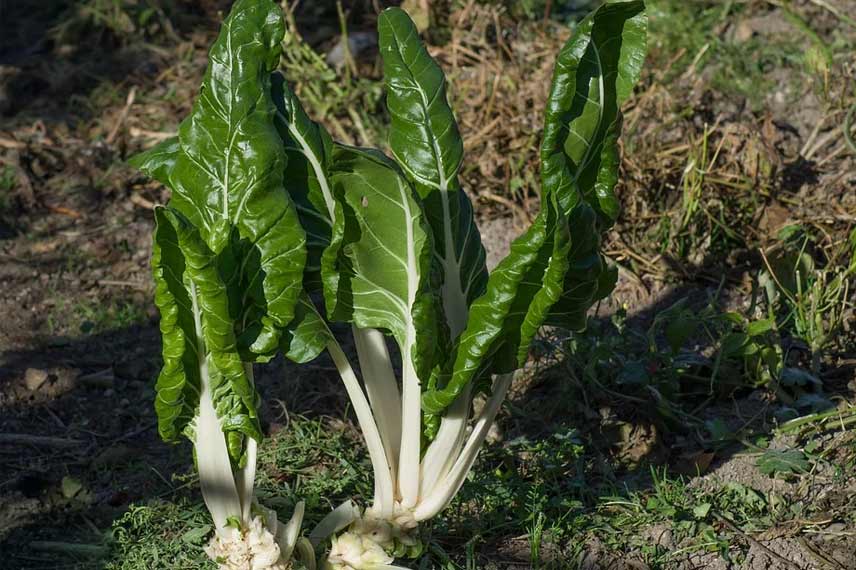
White-stemmed Swiss chard is sown between April and July. It is a variety well-suited for summer crops due to its good heat resistance, but it is also cold-resistant. In case of drought, applying a layer of organic mulch helps retain soil moisture.
This variety produces several harvests. Leaves and stems are cut as needed, always selecting the largest. Regular and abundant watering encourages regrowth.
The green cut chard, a dwarf spinach beet with small leaves.
The green cutting chard is a dwarf variety that is grown for its numerous young leaves that are not very broad. These have the particularity of being both well tender and well green. They are mainly consumed cooked, like spinach.
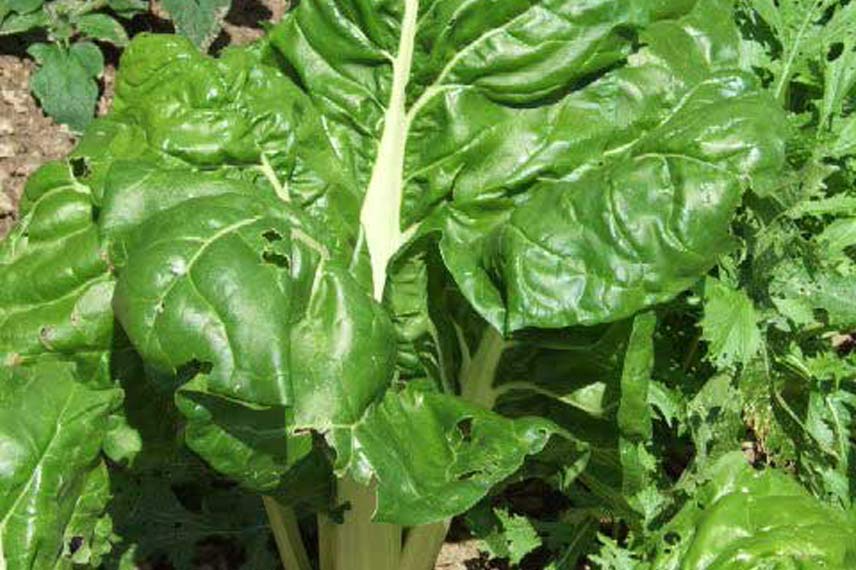
© La Ferme de Sainte-Marthe
Green cutting chard is sown in rows, between spring and mid-summer, that is, from March to July. The young plants must be thinned once they emerge, when they reach the stage of 3 to 4 leaves. Pull out the smaller ones to keep only the most vigorous plants.
This chard is harvested as it grows, and over a long period. The harvest extends, in fact, from July (for the most advanced leaves) to November (up to the first frosts). The green chard is watered regularly to ensure a quick regrowth of the harvested leaves, thus prolonging the harvest period.
Discover other Swiss Chard seeds
View all →Available in 1 sizes
Available in 1 sizes
Available in 1 sizes
Available in 1 sizes
Available in 1 sizes
Available in 1 sizes
Available in 1 sizes
Available in 1 sizes
Available in 1 sizes
Available in 1 sizes
The yellow-stemmed chard, a solar-stemmed leaf beet as beautiful as it is tasty.
The yellow Swiss chard is a productive variety of chard that stands out for its surprising yellow stem. Ornamental, it has nothing to envy from other chards, as it also benefits from excellent taste quality and is grown in the same way as classic varieties. The young leaves of this chard are particularly delicious raw in salads or steamed.

Yellow chard is sown directly in the ground between April and July, in light, rich soil, in a sunny or partially shaded location.
It is harvested from July to November. This variety is also suitable for greenhouse cultivation, when sown in autumn and harvested during winter.
Rhubarb Chard, a red-stemmed Swiss chard, is as decorative as it is delicious.
The Rhubarb Chard with red midrib is a particularly decorative variety, whose lush green foliage elegantly contrasts with the bright red of its midribs. The beauty of this young plant does not detract from its flavour. The tender stalks are consumed in the same way as those of the white midrib chard. However, the midribs lose their beautiful red colour when cooked. Its leaves are used in soups or prepared in the same way as spinach.
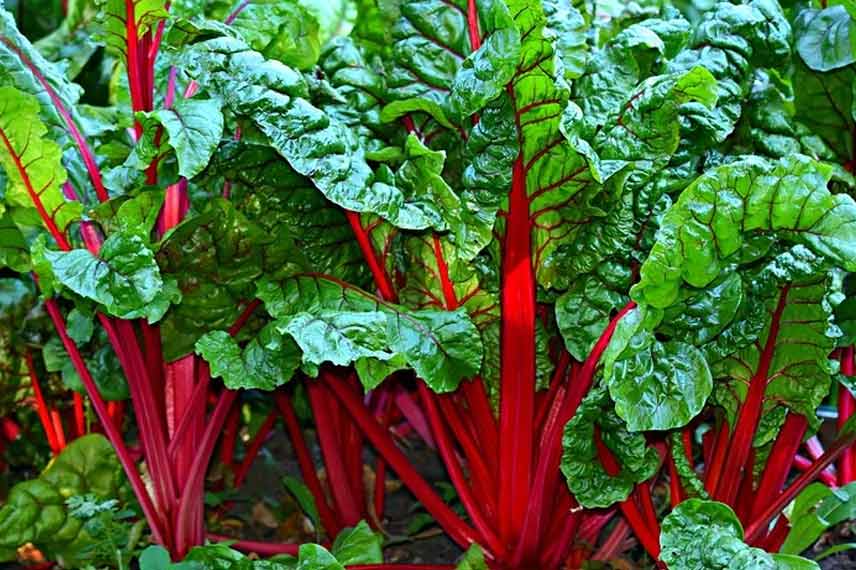
Rhubarb Chard with red midrib is sown in the garden, and in rows, between April and September, in a sunny location. Only the most vigorous young plants are kept. This young plant is sensitive to drought and requires very regular and generous watering, as well as systematic mulching during hot weather.
The largest leaves and stalks of chard are harvested gradually, between July and November.
The blonde chard with white ribs, a very productive and non-stringy over-ripe.
The blonde chard with white midrib is a variety of over-ripe with abundant production, which offers splendid smooth, pale green leaves and wide white midribs. The midribs of this variety are not stringy and are very tasty when cooked in a gratin or prepared with a white sauce. Once chopped, the leaves can be enjoyed like those of spinach.
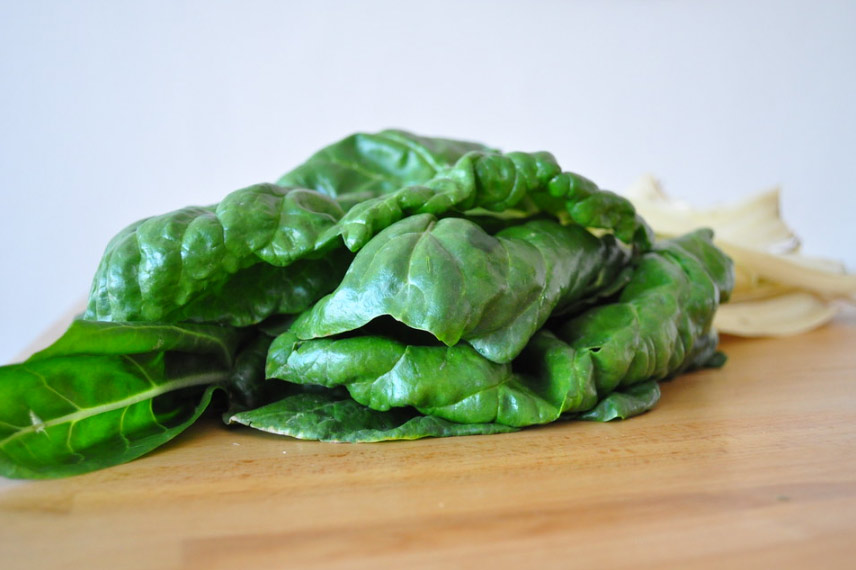
© Frédérique Voisin-Demery – Flickr
Sown in place in spring between March and June, this variety of chard benefits from good heat resistance. It is therefore particularly recommended for summer production. The young plants should be thinned out several times to retain one every 40 cm.
Leaves and stalks are harvested in late summer and autumn, once they are sufficiently developed. The largest ones are cut first to encourage the growth of the smaller ones.
Bright Lights chard, a multicoloured Swiss chard, ornamental and tasty.
The Bright Lights Swiss chard is notable for producing multicoloured stalks (white, yellow, orange, pink, purple, and red), as well as green foliage, sometimes light, sometimes dark, or even bronze in colour. This highly ornamental variety is also very tasty. Its leaves can be added to pies and soups, while the stalks are delightful in gratins, with béchamel, or steamed.
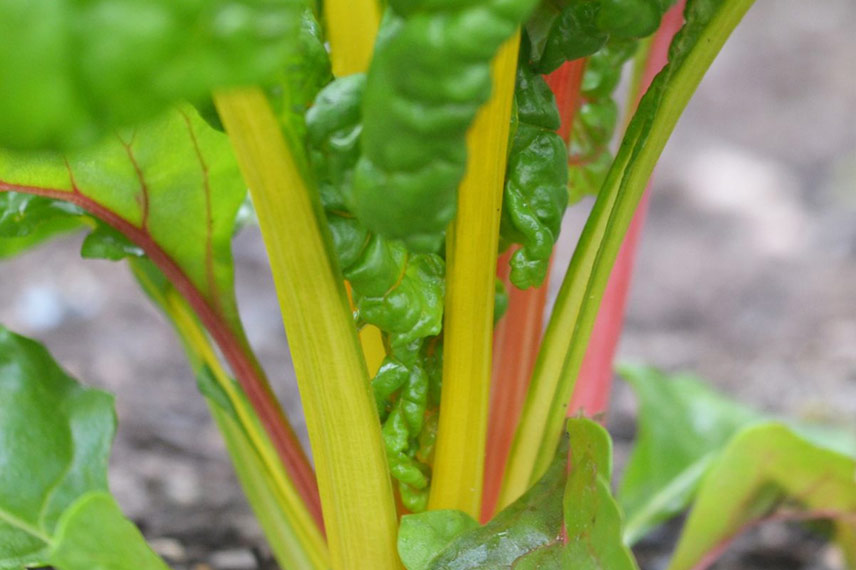
© La Ferme de Sainte-Marthe
Bright Lights Swiss chard is sown between April and July in the garden. This chard is capable of regrowing by itself in spring, provided that the winter is very mild.
The harvest of leaves and stalks takes place between July and October, as needed.
For further reading
- Discover all our varieties of chard
- To learn everything about Swiss chard, read our guide on its planting, cultivation and harvest
- Subscribe!
- Contents
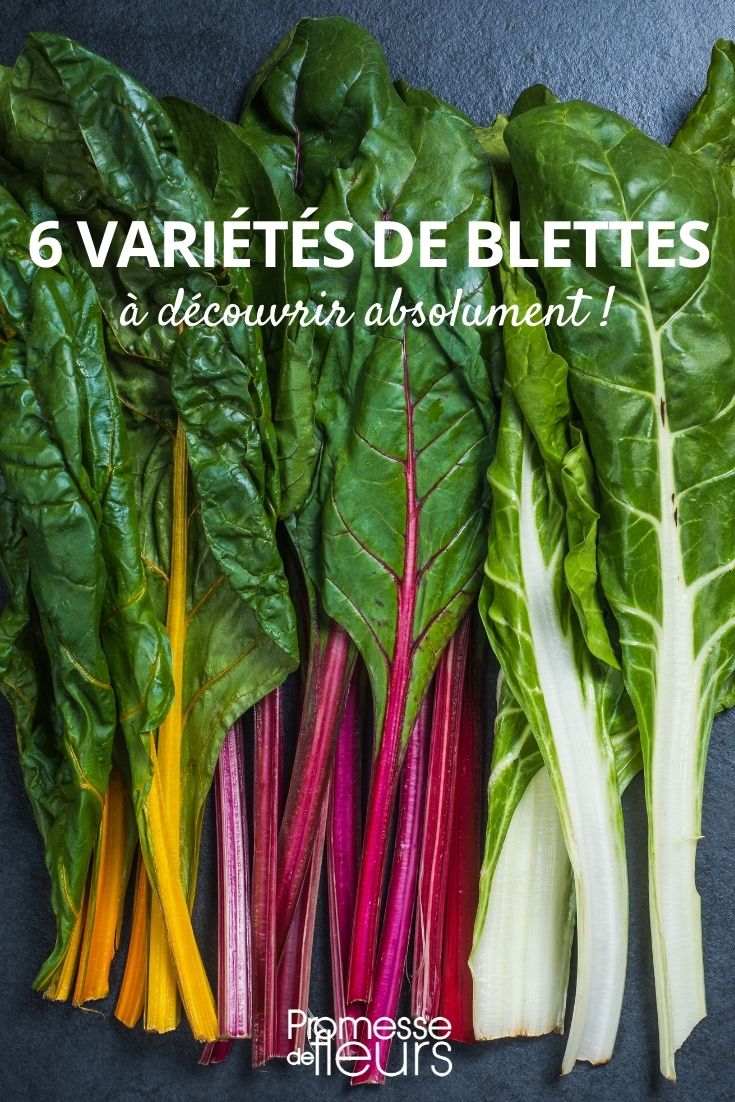
































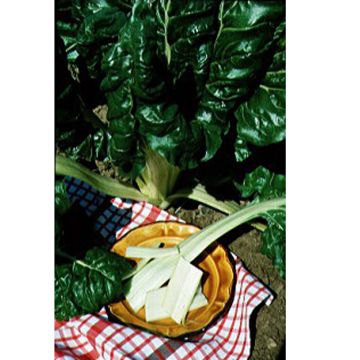
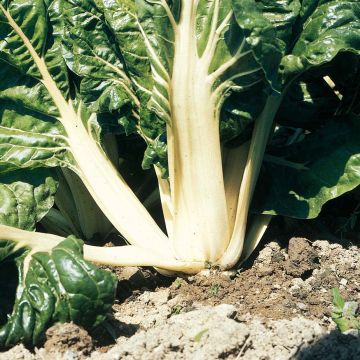


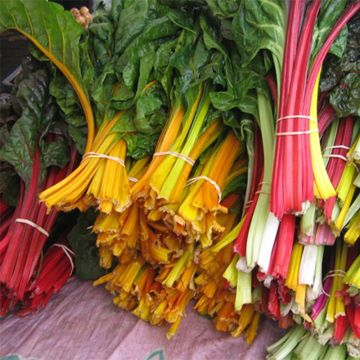




Comments